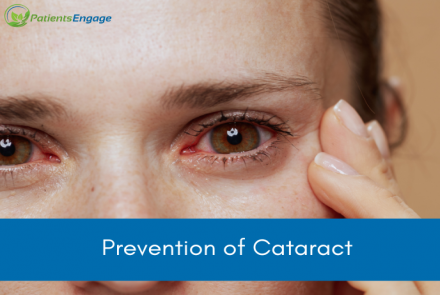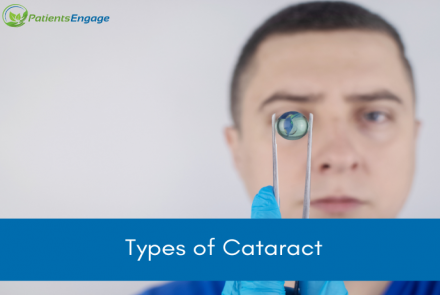Cataracts, including congenital cataracts are relatively common in India. According to World Health Organisation (WHO), cataracts are a leading cause of blindness and visual impairment in India. It is estimated that >50% of the blindness cases in India are caused by cataracts. Cataracts can affect people of all age groups, but they are most commonly associated with aging, especially after the age of 50. However, cataracts can also occur in younger age groups, including children and middle-aged adults. Congenital cataracts, are present at birth or develop shortly after birth during infancy.

Causes of Cataract
The causes of cataracts can be diverse and may vary depending on the type of cataract. Here are some common causes and risk factors associated with cataract development:
- Age: Aging is the most significant risk factor for cataracts. As people grow older, the proteins in the lens of the eye can break down and clump together, causing clouding and the formation of cataracts.
The majority of cataract cases occur in individuals over the age of 50, and the prevalence increases significantly with each decade of life. - Congenital Factors: Some individuals are born with cataracts or develop them shortly after birth. These congenital cataracts can be caused by genetic abnormalities, intrauterine infections, or certain metabolic disorders.
- Trauma: Eye injuries, such as blunt trauma or penetrating injuries, can cause cataracts to form. The trauma can damage the lens or disrupt the delicate structures within the eye, leading to cataract development.
- Medical Conditions: Certain medical conditions can increase the risk of cataract formation. These include diabetes, hypertension (high blood pressure), obesity, prolonged use of corticosteroid medications, previous eye surgeries, and radiation exposure.
- Lifestyle Factors: Several lifestyle factors have been associated with an increased risk of cataracts. These include smoking, excessive alcohol consumption, poor nutrition, and prolonged exposure to ultraviolet (UV) radiation from the sun without proper eye protection.
- Eye Conditions: Certain eye conditions, such as uveitis, retinitis pigmentosa (a genetic eye disorder), or previous eye surgeries, can contribute to the development of cataracts.
It's important to note cataracts can also develop without any identifiable cause. Regular eye examinations and adopting a healthy lifestyle can help reduce the risk of cataracts or delay their onset.
Contributed by
Dr Rashmi Deshmukh
Consultant Ophthalmologist, Cataract, Laser Refractive Surgery (LASIK)
L V Prasad Eye Institute
Condition















